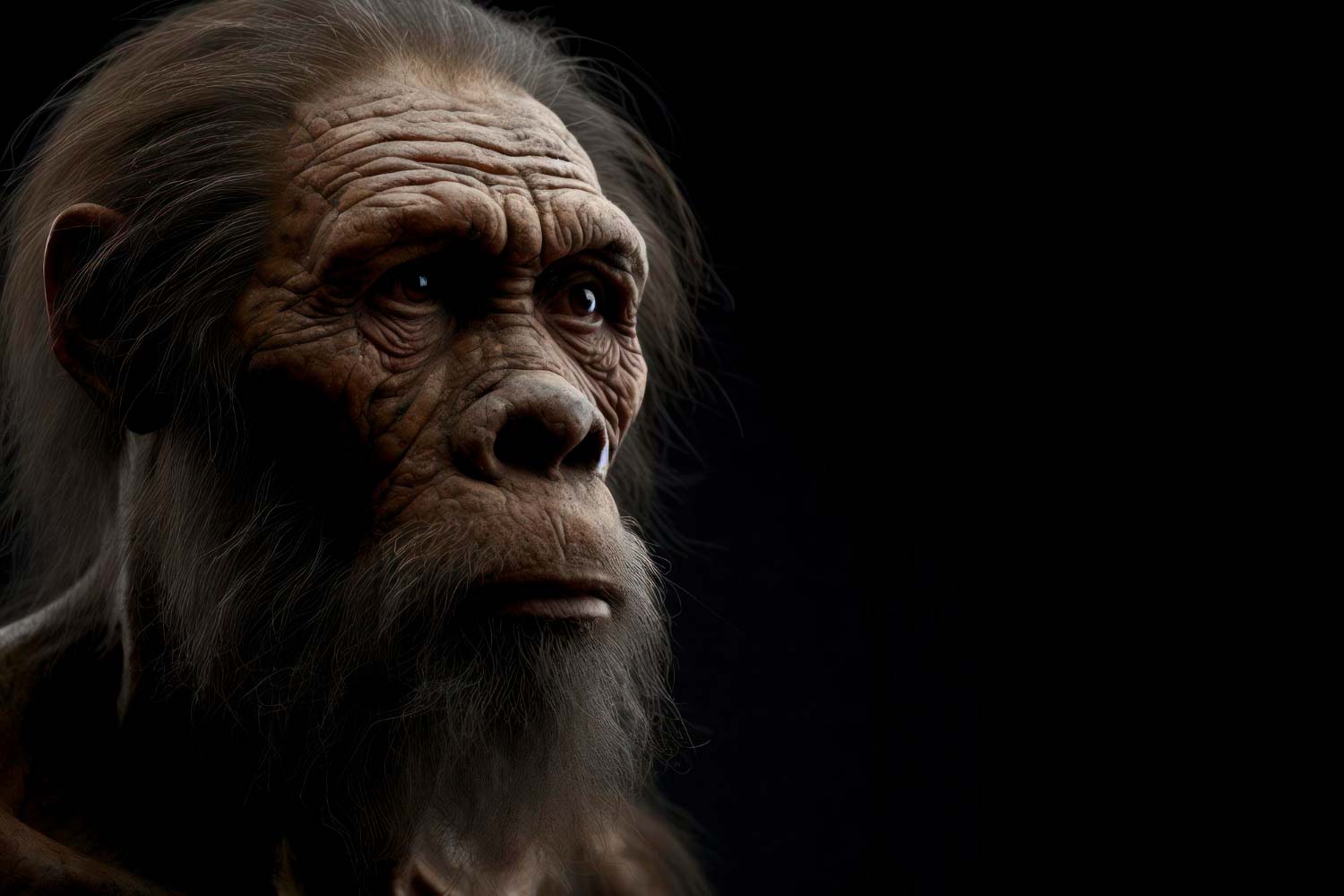
Post By : 17/04/2024
Neanderthal
- Description: Neanderthals were an ancient human species closely related to modern humans (Homo sapiens). They lived in Eurasia from approximately 400,000 to 40,000 years ago, overlapping with the early migrations of Homo sapiens. Neanderthals are known for their robust physique, large brains, and distinct physical features, including prominent brow ridges and stocky builds.
- History: Neanderthals are named after the Neander Valley in Germany, where the first fossils were discovered in the mid-19th century. Initially, they were believed to be primitive and brutish, but scientific research has since revealed a more complex picture of Neanderthal life. They were skilled hunters and gatherers who adapted to a variety of environments, from ice age tundras to temperate forests.
- Culture and Technology: Neanderthals were adept at crafting tools and using fire, demonstrating a level of intelligence and innovation comparable to early Homo sapiens. They created stone tools, weapons, and even jewelry, indicating a degree of symbolic thinking and social organization. Recent archaeological findings suggest that Neanderthals may have engaged in complex behaviors such as burial rituals and symbolic expression.
- Interactions with Homo sapiens: Formula One boasts a roster of elite teams and talented drivers, each vying for championship glory. Iconic teams such as Ferrari, Mercedes, and Red Bull Racing compete against each other in a relentless pursuit of victory, while drivers like Lewis Hamilton, Sebastian Vettel, and Max Verstappen showcase their skills on the world stage.
- Global Reach: Genetic studies have shown that Neanderthals interbred with early Homo sapiens after the latter migrated into Eurasia, resulting in some degree of genetic admixture in modern human populations outside Africa. The exact nature of interactions between Neanderthals and Homo sapiens remains a subject of ongoing research and debate among scientists.
- Extinction: The reasons for the extinction of Neanderthals around 40,000 years ago are still unclear and likely multifaceted. Factors such as climate change, competition with Homo sapiens, and other environmental pressures may have played a role. Despite their disappearance, Neanderthals have left a lasting legacy in the genetic makeup of modern humans and continue to fascinate scientists and the public alike.
- Legacy: Studying Neanderthals provides valuable insights into human evolution, behavior, and adaptation. Their complex culture and interactions with Homo sapiens challenge conventional notions of human uniqueness and illuminate the diverse pathways of our shared evolutionary history. Through ongoing research and discoveries, scientists strive to unravel the mysteries surrounding the lives and ultimate fate of our ancient relatives, the Neanderthals.
